Historical Critical Commentary on the Ernst Thälmann Monument
Ernst-Thälmann-Park
The park, the residential buildings, and the central Ernst Thälmann monument were aspects of a project with symbolic value for the leadership of the Socialist Unity Party (SED). They were built by the collective housing combine (Wohnungsbaukombinat) Berlin under the direction of the architect Helmut Stingl. East Berlin housing construction in the 1970s and 1980s was dominated by the prefabricated building series type WBS 70 (building series 70), which was also used here. The twelve- to eighteen-storey high-rises, on the other hand, were designed especially for Ernst Thälmann Park.
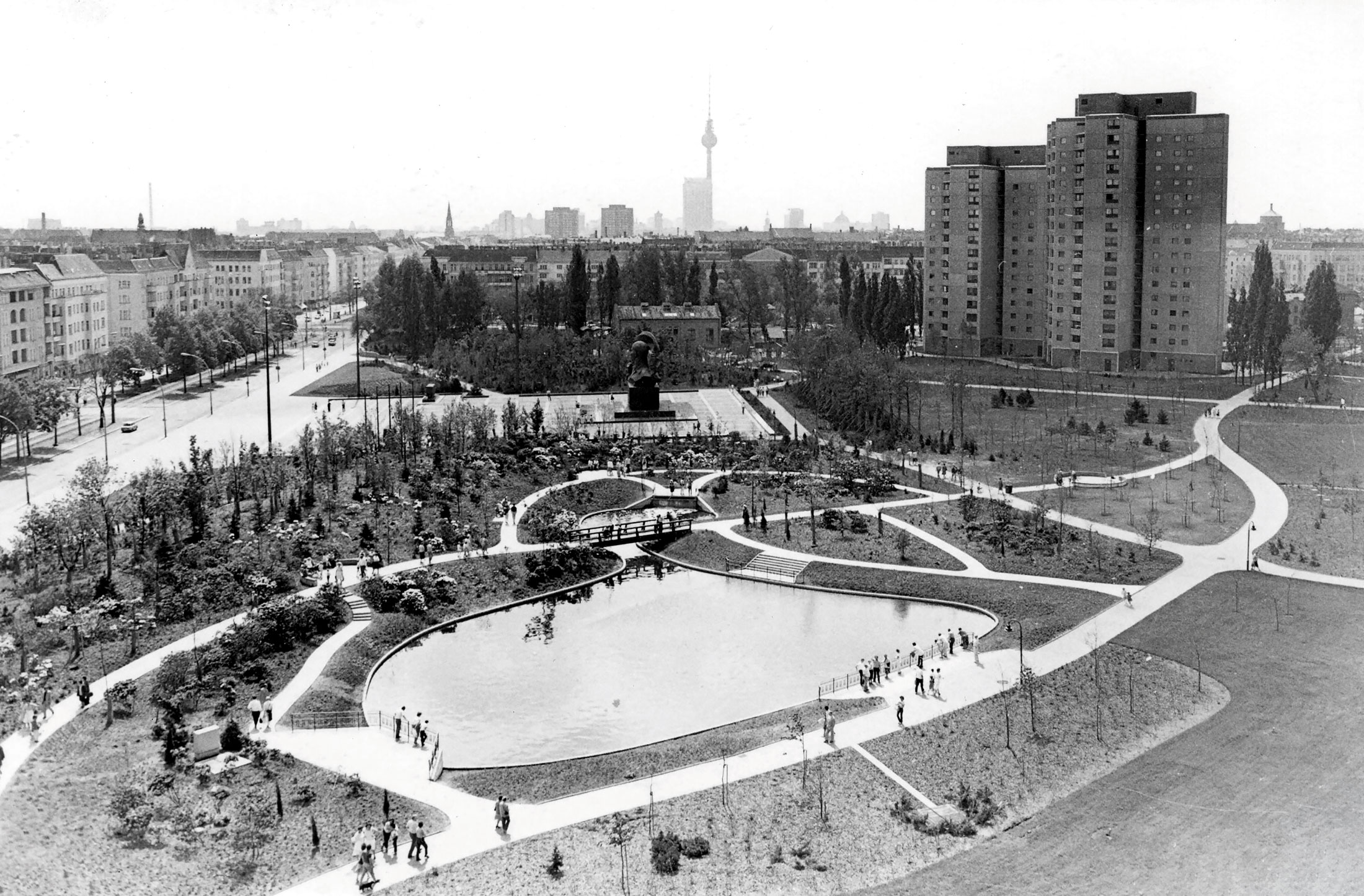
Museum Pankow
While entire streets of old buildings in the German Democratic Republic (GDR) were falling into disrepair, the state and party leadership concentrated their scarce resources and manpower on the prestigious project in preparation for Berlin‘s 750th anniversary. The planning, supply of materials and pace of construction resembled a show of GDR achievement. Around 1,300 flats were built, most of which were rented to loyal citizens, as well as cultural and educational facilities, kindergartens, shops and restaurants.
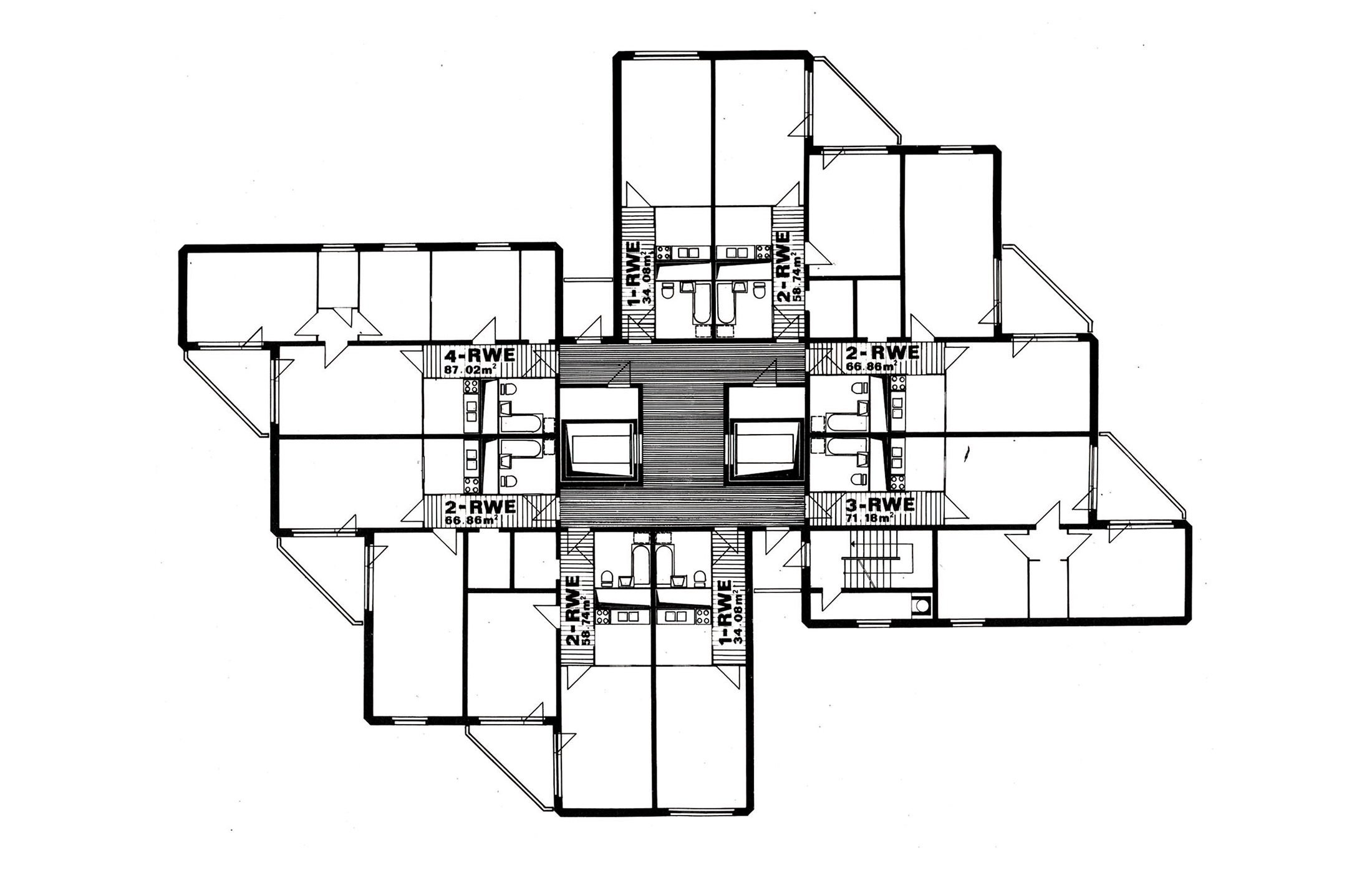
Museum Pankow
In 1990, after complaints from residents, contamination of the soil by the former gasworks was discovered. This resulted in extensive remediation of the contaminated site, which continues to this day. In 2012, the area was upgraded with the completion of modern, privately owned apartments in nearby Fröbelstraße. In contrast, the Ernst-Thälmann-Park apartments are managed by a housing cooperative and offer an inexpensive alternative.
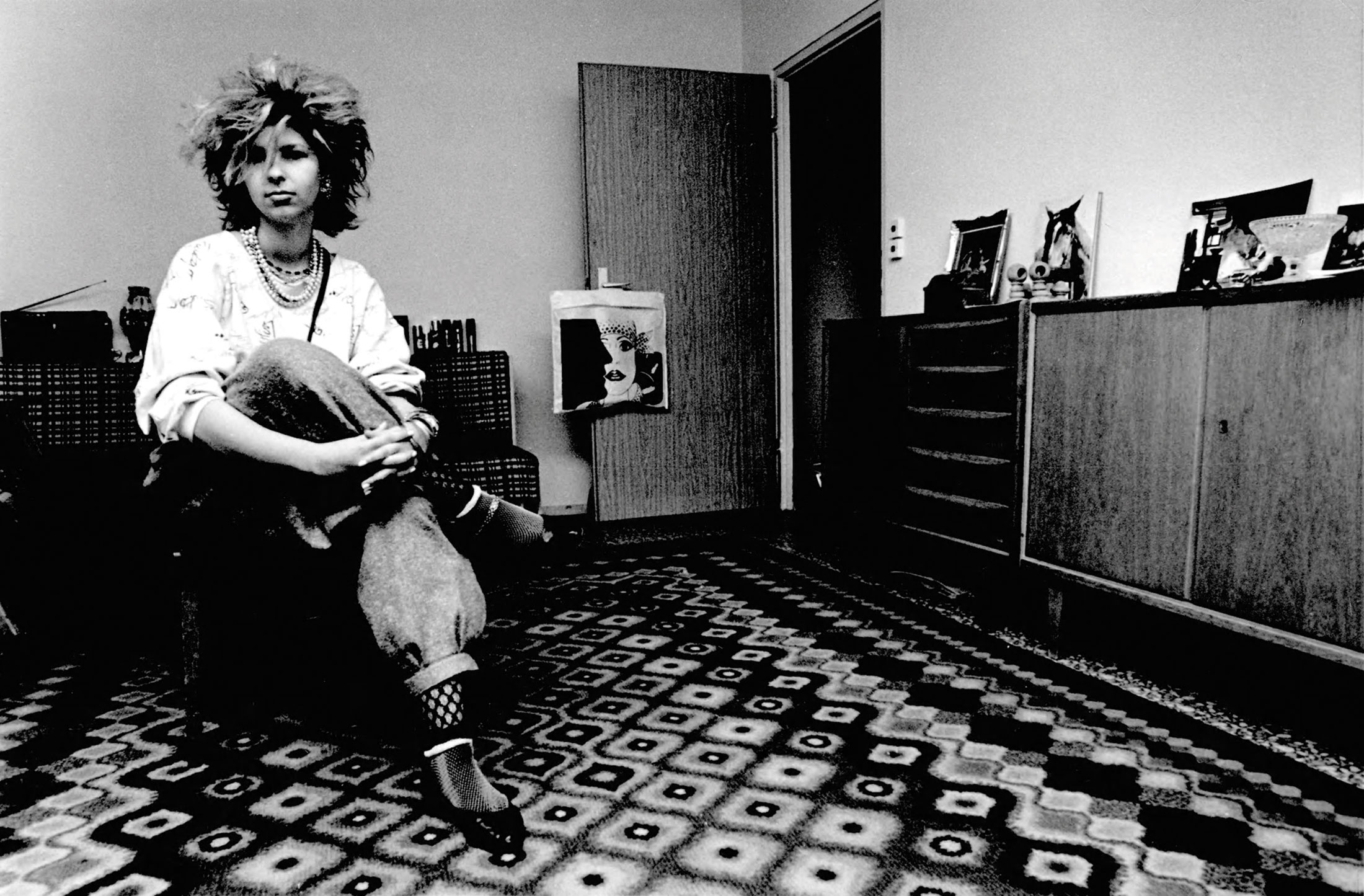
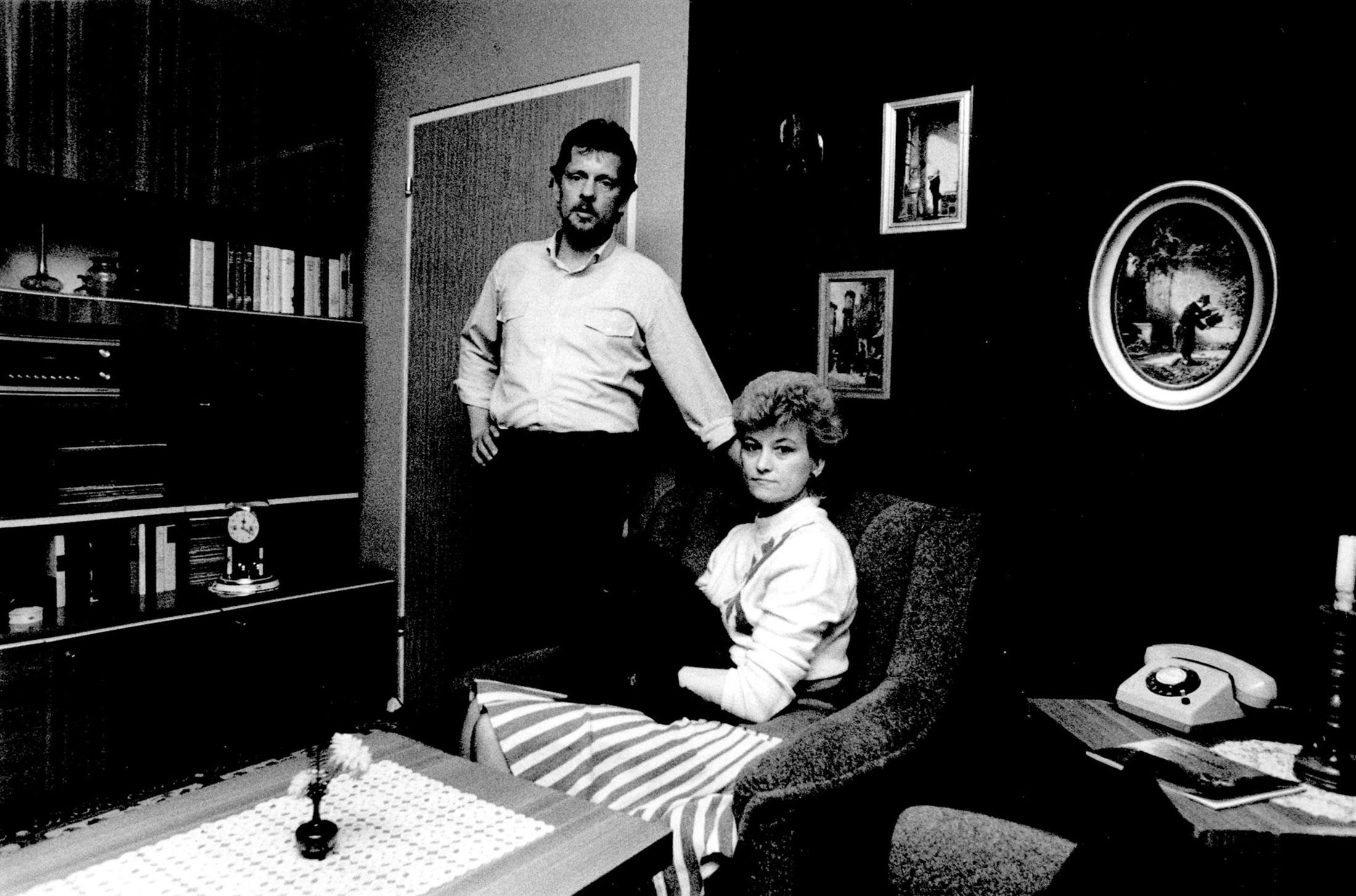
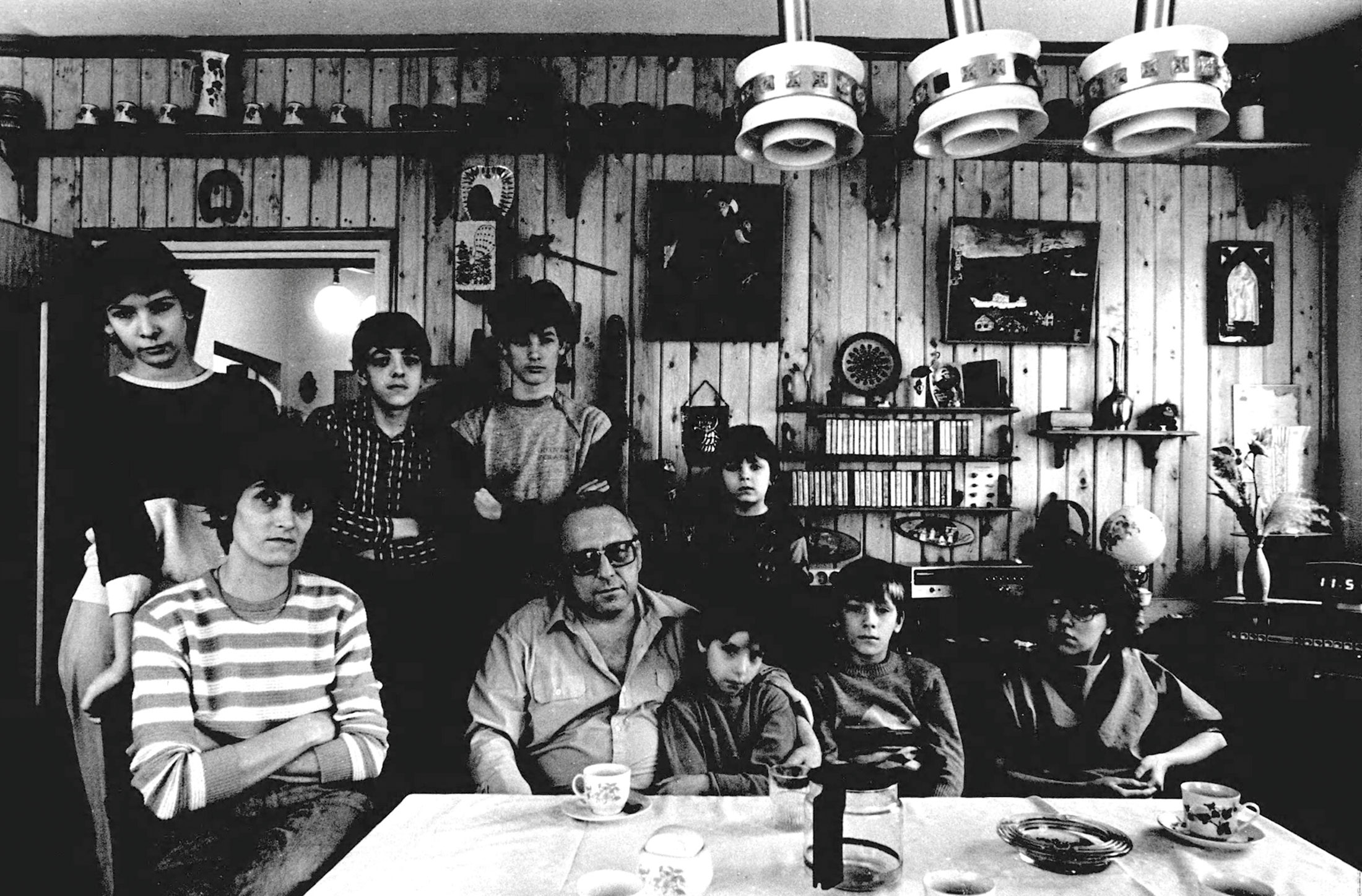
Museum Pankow
Opinions on Ernst Thälmann Park still differ widely today and indicate the contradictory nature of the site. Increasingly, the ensemble is recognised as an example of contemporary urban planning, but because of the central monument, it is also perceived as a symbol of SED rule.
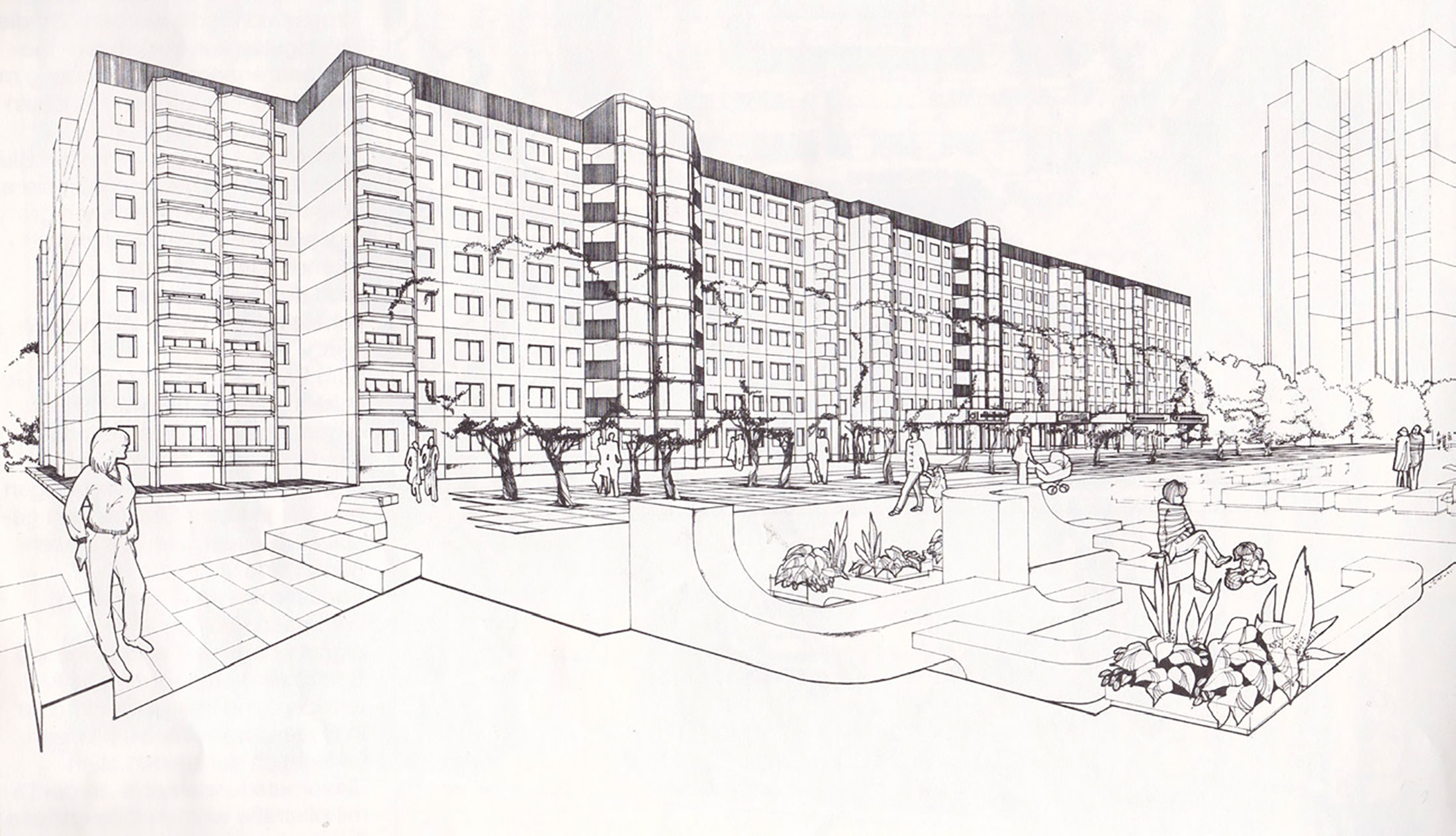
Museum Pankow